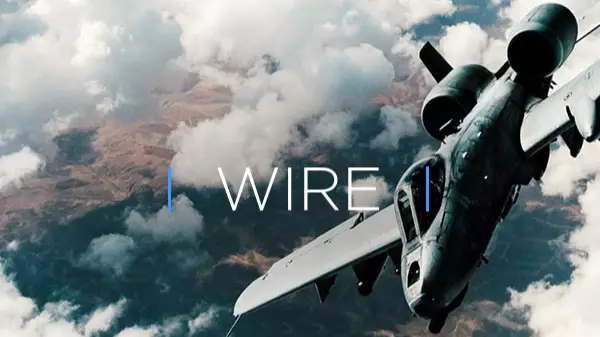
Being an air force pilot is a job that is a dream for many of us. But flying planes through the air, shooting missiles and reducing on-the-ground conflict is just the normal routine of an Air Force Command Pilot.
While not all pilots get the chance to woo someone like Kelly McGillis in Tom Cruise-style in Top Gun, they still get the opportunity to control huge planes in the air while challenging on-the-ground combat.
Captain Ryan is an A-10 Thunderbolt II Pilot with the 354th Expeditionary Fighter Squadron of the United States Air Forces Central Command (USAFCENT). USAFCENT is responsible for air operations and developing contingency plans to support national objectives.
The organisation has been involved in many missions that have changed the face of the world we live in. Missions began in the 1940s in World War II and, later, most notably during the capture of Saddam Hussein and in Operation Desert Storm.
Today, USAFCENT is currently working towards creating a stable order against the world's greatest threat to international security, ISIS, in Operation Inherent Resolve. TheLADbible spoke to Capt. Ryan to find out what it's like to be a pilot in missions of such great importance.
TheLADbible: Why did you decide to become a pilot?
Capt. Ryan: "I wanted a career that would challenge me and I have certainly found that in military aviation. I also wanted to work alongside a group of people who share a desire to excel every day.
Advert
"Being an A-10 Pilot is an awesome job because our entire reason for being is to support our troops and coalition partners on the ground. And shooting 30MM bullets at 70 rounds a second isn't entirely lame either."
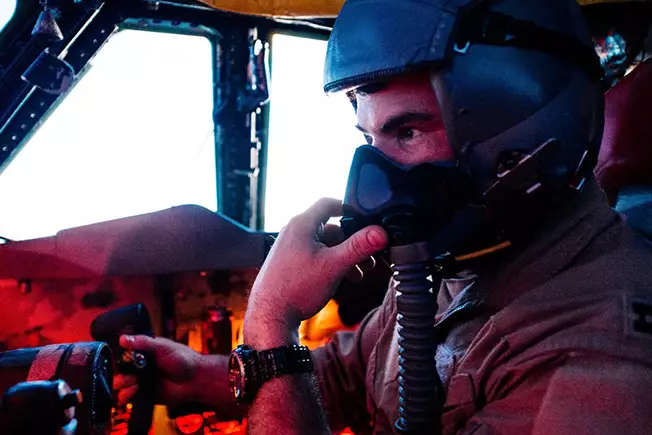
How often do you get to fly?
"I normally fly three times a week. During training flights at home, the average sortie (a word used to refer to a military aircraft's mission) duration will be about two hours. During combat sorties, we often fly more than six hours. My longest mission thus far lasted over eight hours.
Advert
"On a sortie this long, multiple in-flight refuellings are required as well as an appropriate assortment of snacks and beverages."
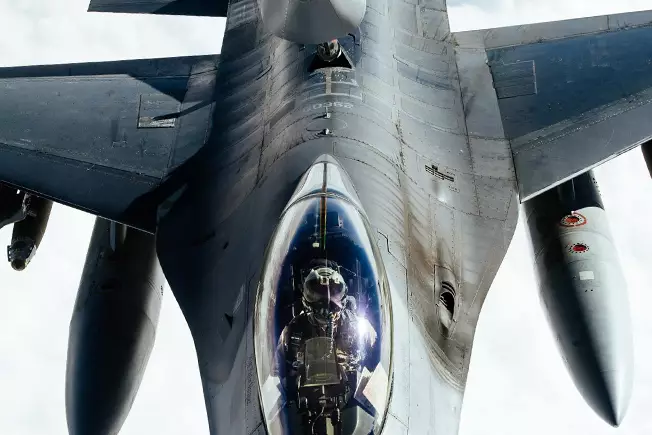
UFCENT is currently working towards creating stable order against the world's greatest threat to international security, ISIS, in Operation Inherent Resolve. This includes a coalition of more than 60 nations dedicated to wiping ISIS from the face of the Earth.
Advert
A huge part of this mission is providing combat airpower to help the Iraqi Security Forces and ground forces in Syria retake their land from ISIS. Since operations began in August 2014, the ground forces in Iraq and Syria, with the help of US-led airstrikes, have been able to retake more than 50 percent of the territory formally held by ISIS.
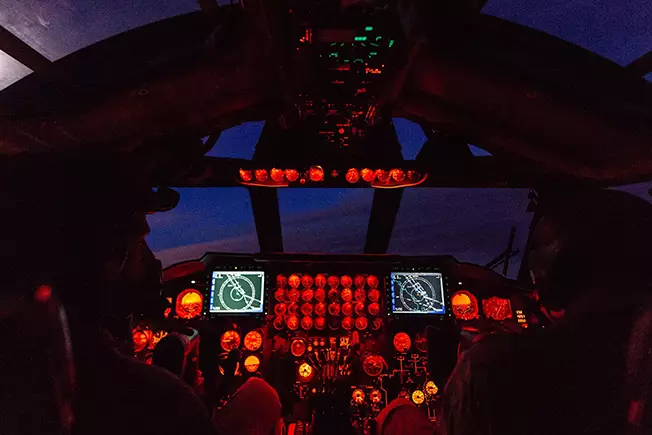
Can you tell us about a crazy situation you found yourself in during this role against ISIS?
"Flying my first few combat sorties was a surreal experience. To go out and execute the mission you've trained for and worked towards for years is a rewarding and humbling experience.
Advert
"On only my second sortie out here, we were called by the Joint Terminal Attack Controller (JTAC) to support a 'Troops in Contact' situation (ongoing and active warfare). Friendly forces were being engaged by ISIS fighters at a distance of less than 100 metres.
"We engaged the enemy with bombs and 30MM guns to break contact and allow friendlies to withdraw from the ambush. These are the times you will never forget."
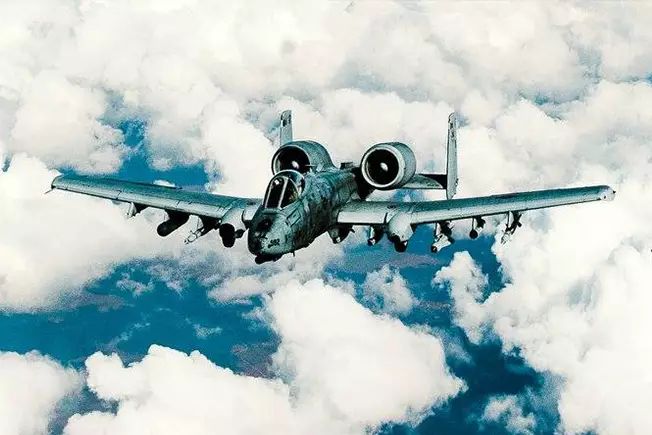
Can you tell us a bit about what it was like to be involved in Operation Inherent Resolve?
"The fight against ISIS is extremely dynamic. There are A-10s from our squadron airborne over Syria or Iraq 24/7 and we are employing weapons at an unprecedented rate. While ISIS is on the defensive, they are far from defeated and so we will continue to bring precise and overwhelming firepower to bear until this group ceases to exist."
Interview: Sam Howard
Featured Image Credit: U.S. Air Force; Photo by Tech. Sgt. Jeff Walston
Topics: military